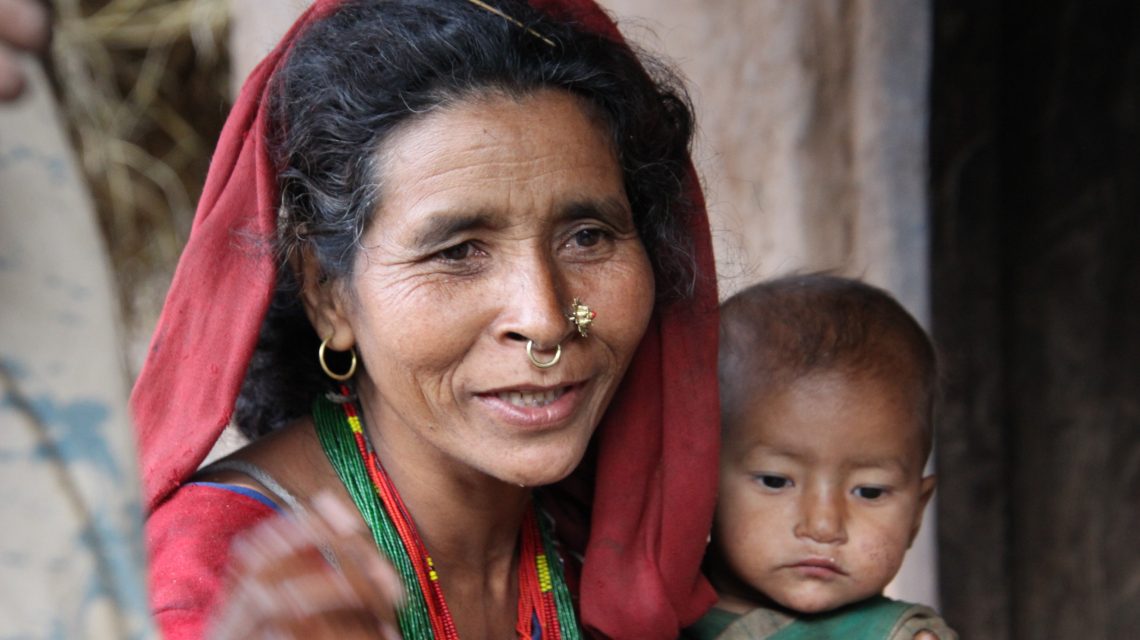How did river Ganga come to be?
Mythology says that there was a noble King who requested that Ganga descend from heaven to bless humanity and quench the thirst of the land and its people.
Pleased to shower the world with blessings, Ganga rushed down with such gusto that people feared that all that came in the way would be washed away. The God Shiva came to the rescue and stopped the momentum of the water with his long thick long hair. Because of this, Ganga flowed smoothly and satiated the thirst of all beings and showered blessings on the land with each drop of precious water.
Ecologists interpret this myth as a metaphor- Shiva’s thick long hair is synonymous with dense jungles that help check the floods and stop the land from washing away as the river accelerates down the slopes from the melting glaciers.
Rafting down the river Karnali in Western Nepal last month, it felt as if the myth was true! In our group of 11 people were some seasoned sailors, kayakers, river guides and rafting experts, but a few like me had never been on a raft. I am also not a strong swimmer, so, it was an act of faith and surrender to the river and expertise of our leader Mani, and river rafting expert Manu to go on the trip.
We put the rafts in the river after about 4 hours drive up the town of Surkhet at an altitude of about 1800 m. The rafts and the equipment, including the tents and rations, were supplied with the generous support of NOLS (National Outdoor Leadership School) in the States.
This expedition was conceptualised and planned by Ravi, NOLS India Programme Director who co-led the expedition. The two kayakers, Ganesh and Nanu, brought their own Kayaks and were in the tumultuous waters of Karnali watching and guiding our rafts at each and every rapid that came along. They were plenty of challenges in varying degrees!
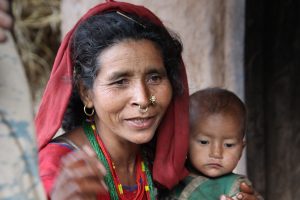
For the next seven days we were out on the river, and camping at some of the most beautiful banks. We witnessed a vast expanse of pristine natural habitats along the way both on land and in the waters. We parked the rafts often to take a walk over to beautiful villages and bought fresh vegetables, fish, milk and yogurt etc. from the villagers. We savoured some delicious meals in cottage eateries that you can find along the traditional walking routes of the shepherds, traders and village folk, that connect the plains with the high Himal region in the kingdom of Nepal and beyond on the Tibetan plateau. The river crisscrossed some of the most wonderfully crafted hanging bridges on these routes as well.
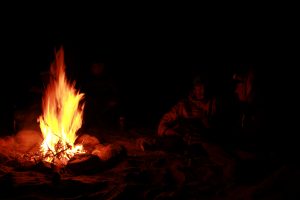
We saw how the simple and rich life of fishing communities sustainably harvest the bounty of fish from the river. They fish in their dug up canoes made from tree trunks. The fish from Karnali is famous across the region and fetches amongst the highest price in Nepal’s capital city of Kathmandu. High value and low volume seems to be the guiding factor – it can be 2-4 days walk to sell and transport the fish, so, the fish is dried or smoked creating a very special, niche type of produce from the villages along Karnali.
Agriculture and livestock rearing is still flourishing in the villages. It was amazing to see some of the most appropriately designed dehusking, pounding and winnowing equipment still in use – that has perhaps not changed in the last thousand years.
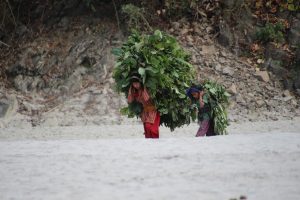
It is indeed a living culture that uses and maintains the landscape, in harmony with nature, using indigenous knowledge to enhance biodiversity and what we call ecosystem services. Our faith in the concept of the Gross National Happiness index was further strengthened. The common Human Development indices merely emphasise infrastructure and access to institutions such as hospitals and schools- but there is so much to be taken into account for true sustainability. While the intent is not to romanticise the old, biocultural heritage, the wisdom of the old seems to be working harmoniously and should well complement human development in a more meaningful way.
Some of the big questions being discussed in conferences and seminars across the world could be answered in a much more eco friendly and happy way by experiencing life and values of the community here and of other indigenous peoples across the world.
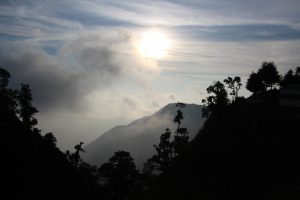
The modern idea of development as highly individualistic has become increasingly crippled with outdated notions of competition, rather than collaboration, also creating massive disparities in income and consumption of natural resources.
We could learn from the communities here, and take lessons from the past into the future: the dignity of physical work, interdependence and interconnectedness are three principles that need to be central to human endeavour- there is no sustainability without equity and dignity.
Gradually, we descended down with the flow of the river, as it slowly calmed down in the Terai region. It’s a rich habitat for tigers, rhinoceroses, elephants and other charismatic mega fauna. The very sight of these deep jungles invokes awe. We got off the banks of the mighty Karnali at the little town of Chiso Pani.
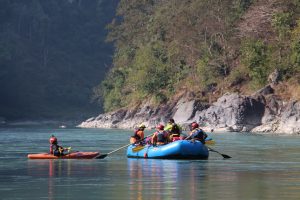
We deflated the rafts, packed the gear, washed ourselves and rushed to one of the many restaurants in this little town. Some of us relished the delicious fish from Karnali to their hearts conten! For others like me, the restaurant served fabulous fresh greens with dal-bhat; as they say in Nepal “Dal bhat power, 24 hour!”
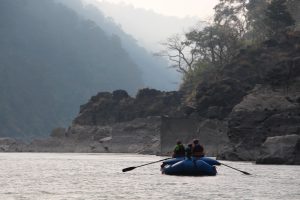
May the river Karnali have a long life and continue to bless humanity as the King had anticipated in the ancient times. May present day leaders start to wake up to the wisdom in conservation and sustainable utilisation of the river, rather than damning it and threatening the sheer existence of these communities. May we all learn from the life of the people here; all the wonderful ways to weave a close knit community and flourish together with nature.
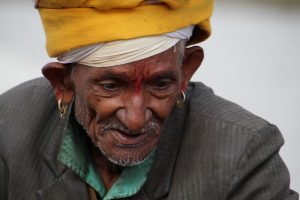
Happy New Year to Nepal!
Ajay Rastogi



